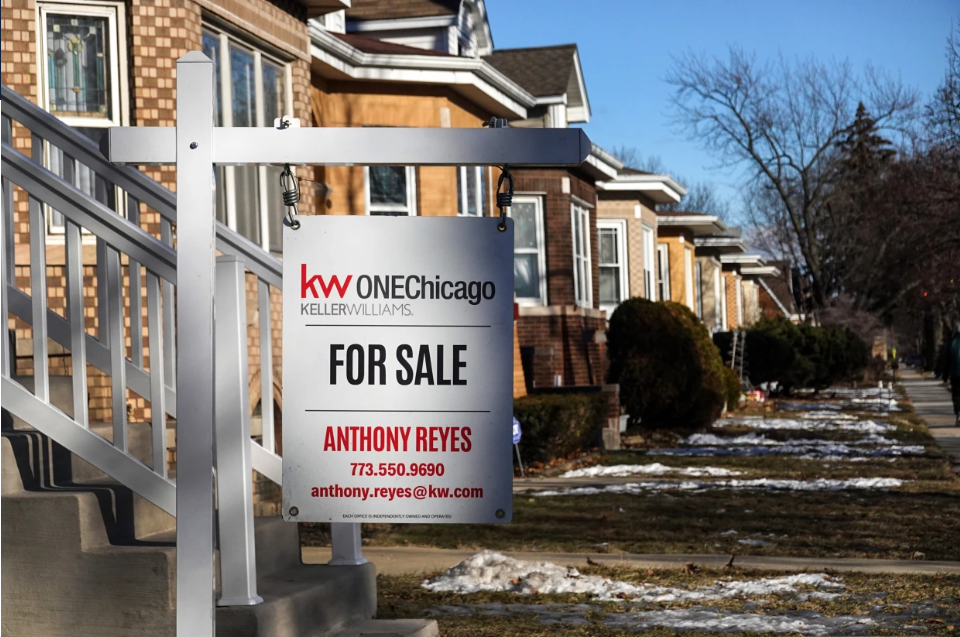As inflation and high prices strain the budgets of many Americans, the country’s economic growth is increasingly dependent on high-income consumers, the Wall Street Journal reports.
The top 10% of earners—households making around $250,000 or more annually—are spending significantly more than other income groups, helping to sustain economic momentum.
According to an analysis by Moody’s Analytics, the top 10% of earners now account for nearly half (49.7%) of all consumer spending, a record high in data going back to 1989. In contrast, three decades ago, they were responsible for just 36% of spending.
While middle- and lower-income households have cut back on spending, high earners have increased their expenditures by 12% between September 2023 and September 2024, well beyond the rate of inflation. Over the past four years, the wealthiest 10% boosted their spending by 58%, while the bottom 80% of earners saw only a 25% increase—just slightly outpacing inflation at 21%.
Mark Zandi, chief economist at Moody’s Analytics, estimates that spending by the top 10% alone accounts for nearly one-third of the U.S. gross domestic product (GDP).
The financial strength of high-income households stems largely from significant gains in assets such as stocks and real estate. While inflation and rising prices have affected all income levels, the wealthiest Americans have maintained their financial security by holding valuable assets that have appreciated in value.
Federal Reserve data shows that since the end of 2019:
- The top 20% of earners have seen their net worth grow by $35 trillion (or 45%).
- The bottom 80% also experienced net worth growth at a similar percentage, but the actual gain was much smaller—an increase of $14 trillion.
For many high earners, rising asset values have enabled continued discretionary spending.
Case Study: Vivek and Purva Trivedi
Vivek and Purva Trivedi, a couple earning over $350,000 annually, have continued investing and spending freely. During the pandemic, Vivek purchased three investment properties and locked in a low mortgage rate. Their stable housing costs and rising salaries allow them to budget $10,000 to $15,000 annually for travel while maintaining other discretionary spending, such as organic groceries and high-end hobbies.
High-income consumers are driving demand in luxury markets, while businesses catering to middle- and lower-income shoppers are facing challenges.
- Luxury spending abroad among the top 5% of earners rose more than 10% in the past year.
- Delta Air Lines reported an 8% increase in premium ticket sales, while main cabin ticket sales rose by just 2%.
- Royal Caribbean recorded its best-ever five-week booking period, leading to the expansion of high-end European river cruises.
- Meanwhile, budget-focused retailers like Big Lots have filed for bankruptcy, and chains like Kohl’s and Family Dollar are closing stores due to declining sales.
Case Study: Tom and Kristi Shoaf
Tom Shoaf, a 61-year-old test pilot, and his wife, Kristi, earn about $500,000 annually and have experienced a 40% increase in net worth since the pandemic. Their growing financial confidence has led them to increase spending, including a $1 million budget for a future home purchase and annual monetary gifts to their adult children.
While the spending power of high-income households is currently boosting economic growth, there are risks to this reliance.
A stock market downturn or a decline in home values could lead the wealthiest consumers to cut back, which would have a significant impact on the economy. Consumer sentiment has already started to decline, even among the wealthiest third of Americans, partly due to uncertainty over tariffs and potential economic headwinds.








